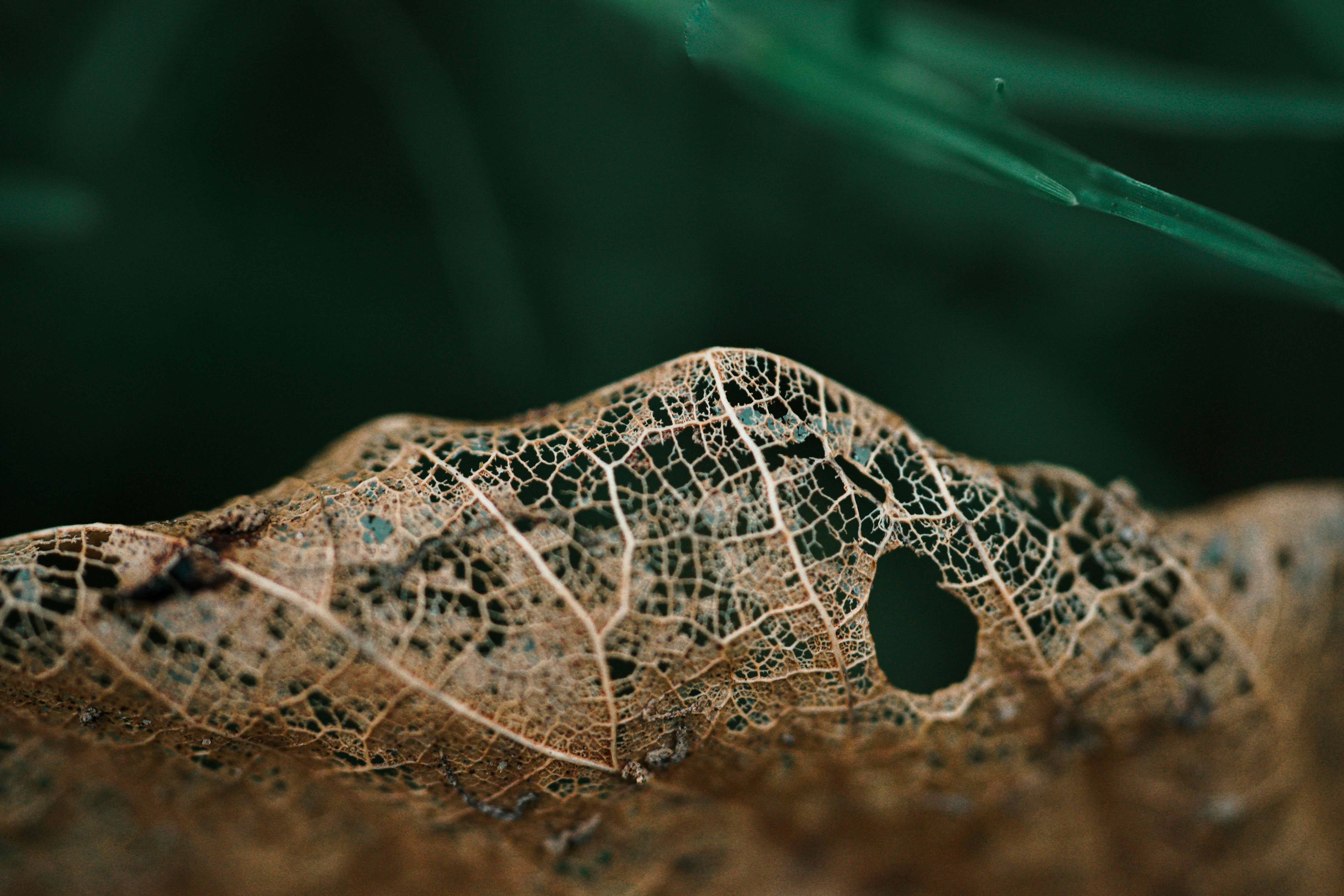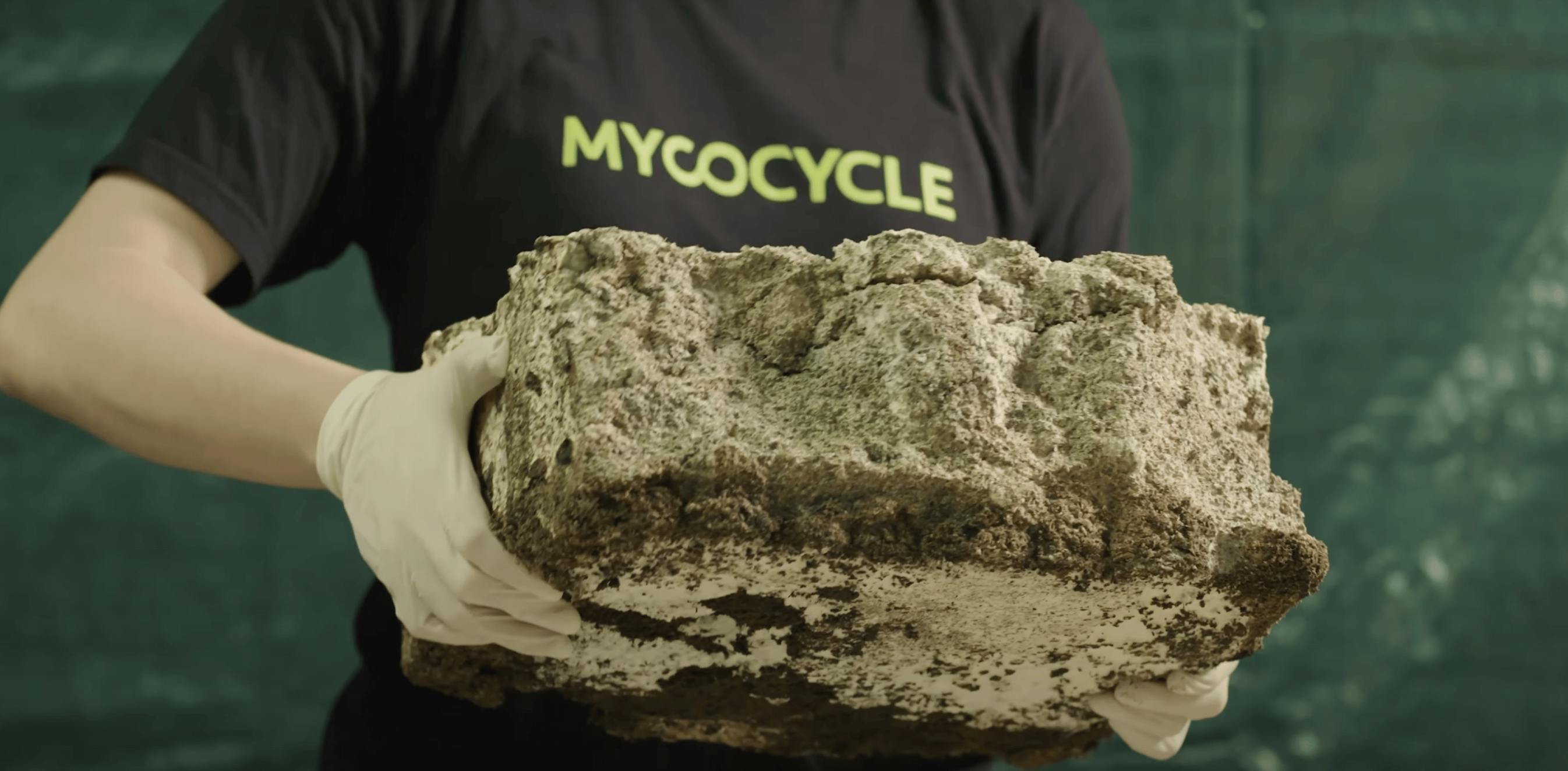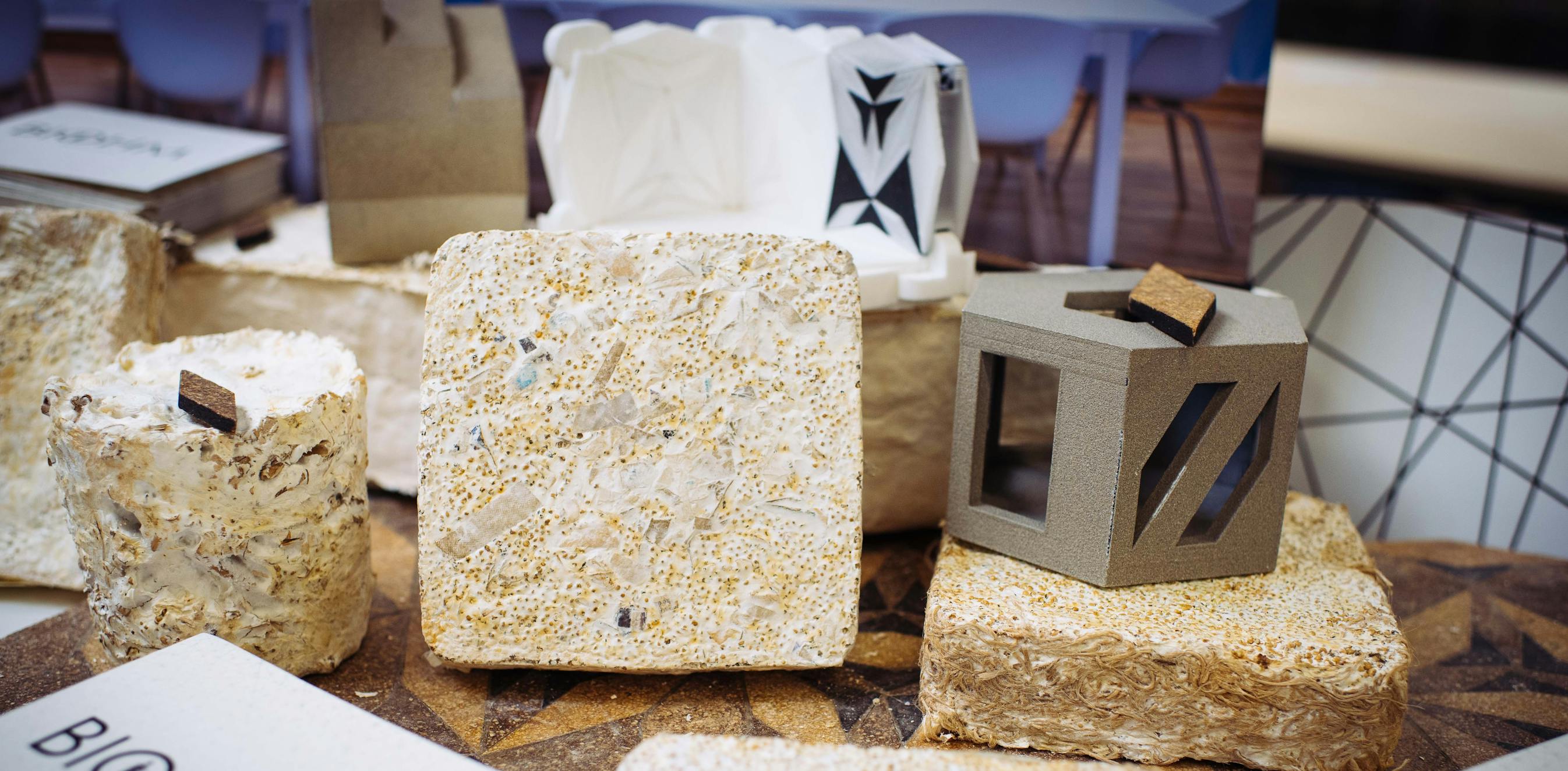
The Nature Of Fashion
How decomposition can transform the fashion industry
In our Guest Editor series, we spotlight thought leaders from a range of industries as they tackle some of humanity's biggest challenges.
Amanda Sturgeon is the CEO of The Biomimicry Institute, an organisation that solves real-world problems by looking at solutions developed by the natural world over billions of years. Amanda is an award-winning architect with a focus on regenerative design. In this article she shares a nature-inspired approach to keeping textile waste out of landfills.

Reconnecting With Nature
Life on Earth has been evolving for 3.8 billion years. Modern humans have been innovating for only 300,000. If we could quiet our human cleverness and reconnect with the brilliance of nature, we could learn that for nature, the concepts of taking more resources than you need and of producing waste no one can use are foreign.
Nature creates conditions conducive to life – all life.
The Age Of Waste
Globally, over 100 billion pieces of clothing are produced each year (1), contributing to approximately 92 million tonnes of textile waste (2). They are incinerated or put in landfill, or they end up in places like the Kantamanto Market in Accra, Ghana, where, given their poor quality, they end up being burnt, dumped, or washed into Korle Lagoon and the Gulf of Guinea. This is an environmental disaster.
(2) unep.org

Fuelled by the global take-make-waste approach to fashion, textile waste pollutes drinking water and creates a toxic soup from the dyes and fossil fuel-based fabrics that fail to break down into nutrients and instead persist as harmful pollutants, offering no support for life.
Breaking Down The Problem
Reducing consumption, using less toxic materials, employing circular supply chains, and reusing clothing all play a part in meeting this out-of-control problem. However, much of the clothing that will become waste in the coming decades has already been purchased. And as consumption continues to escalate, the volume of textile waste is rising at an alarming rate. Even though nature is not equipped to break down this vast accumulation of displaced toxins directly, we can still turn to nature for inspiration.

Decomposition is a tried and tested system in nature. Billions of organic substances are broken down constantly – not into terminal waste products but into nutrients for life. What can we learn from these processes to help us with the massive challenge posed by fashion waste? This is the question that The Biomimicry Institute’s Nature of Fashion project is exploring together with partners Circle Economy, Beneficial Design Institute, and The Or Foundation.
Pilot Project
The core mission of the Nature of Fashion project is to pilot the breaking down of unwanted mixed textile waste and repurpose it into new materials that are either valuable industrial building blocks or safe, biocompatible materials that can easily reintegrate into Earth’s natural systems.
With pilots in the Netherlands, Germany, and Ghana, the proof of concept phase indicates that this mission will not be easy to achieve. Our early findings show that approaches in the Global North will be different to those in the Global South and that there are limitations to decomposition in regard to the complexity of the mixed waste that can be broken down. What’s clear is that decomposition can play a key role in tackling our waste crisis.

Embracing Decomposition
To realise a circular economy, decomposition is an essential component with the power to radically transform how we repurpose waste. Identifying what cannot be decomposed gives us new knowledge that must shape the supply chain of the future. Nature breaks down materials into nutrients for the creation of new materials. If we are to adopt this fundamental rule, we must shift our supply chains towards raw materials that naturally reintegrate as the building blocks of new products.
The concept of decomposition is not always an attractive one. It may conjure up images of rotting food or “creepy” creatures working away, often underground and out of sight. Perhaps that is why it is a topic that has so far been largely avoided in the fashion world, one that is underfunded and seldom discussed compared to other circularity solutions.
If we look to nature, we quickly realise that without decomposition circular systems are simply not possible.
"Waste is not avoided in nature; it is a nutrient source for more life."

Success Stories
In other sectors, such as the built environment, we have already seen nature-inspired start-ups use mycelium and fungi to break down waste into new products. Mycocycle use fungi to transform construction waste – like carpet, insulation, and play surfaces – into safe, low-carbon raw materials by eliminating toxins through mycelium’s natural functions.
Biohm produce high-performing, affordable insulation and sheet materials from mycelium and biowaste, harnessing circular design inspired by nature’s nutrient cycles. These companies represent just the start of what is possible when we look to nature.


Transforming Fashion
The Nature of Fashion project shines an overdue spotlight on decomposition. Its findings will be transparently communicated so that the fashion and textile industry can learn the limitations and potential of decomposition and use that knowledge to make the much-needed transformation of its supply chain.
More information about the Nature of Fashion project can be found at biomimicry.org/innovation/nature-of-fashion
The Biomimicry Institute
Here at RE:TV, we have worked closely with The Biomimicry Institute for many years to highlight the incredible solutions that come to us from the natural world. Watch our film featuring Janine Benyus, who co-founded The Biomimicry Institute in 2006, to learn more about her work and what inspires her.



